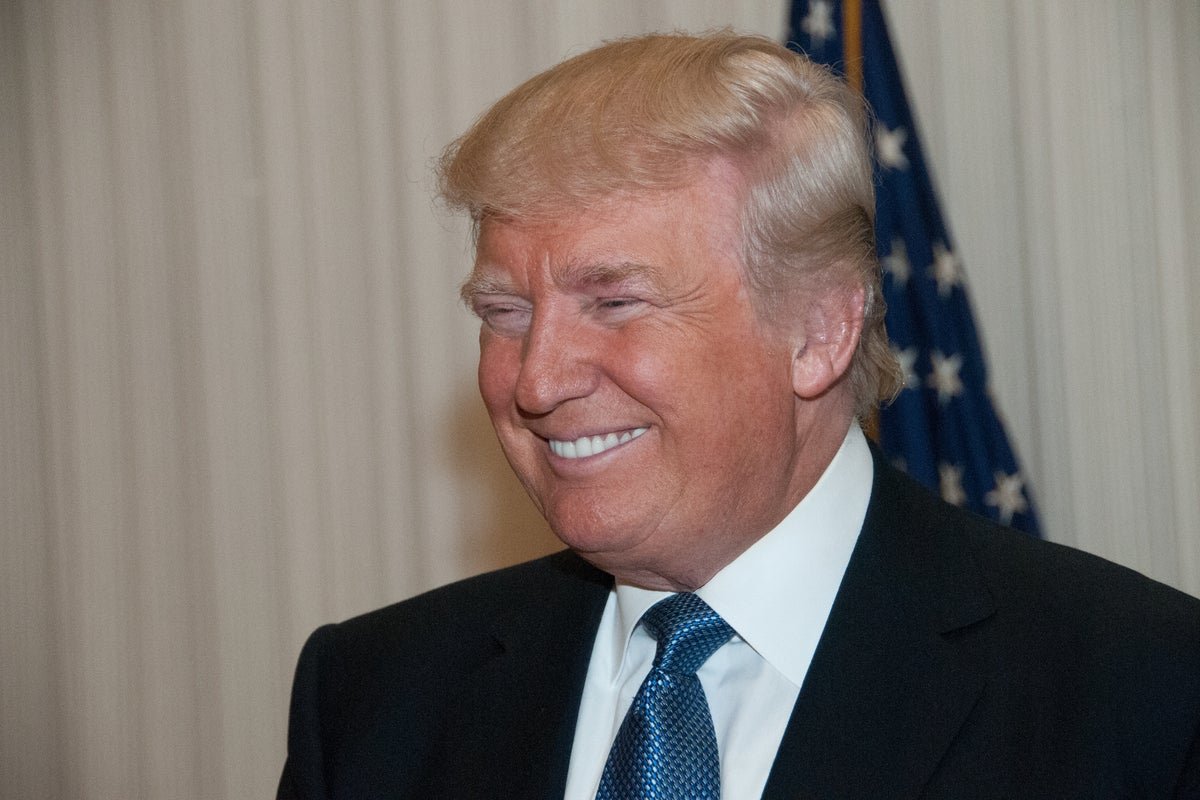The United States recently launched its first moon mission since the 1970s, but it has stirred controversy due to its inclusion of “space burials.” The United Launch Alliance, a joint venture by Lockheed Martin and Boeing, launched the Vulcan rocket, which carried memorials and human remains from space companies such as Celestis and Elysium Space. This decision has faced criticism from indigenous groups, including the Navajo Nation.
In December 2023, the Navajo Nation President, Buu Nygren, urged NASA to delay the launch in order to consult with the Navajo Nation. The Navajos, along with many other indigenous cultures worldwide, consider the Moon a sacred and spiritual entity. Nygren reminded NASA that they had failed to consult indigenous tribes before sending human remains to the moon in the past, which had led to a formal apology and a promise to consult tribes for future projects.
Nygren argued that depositing human remains and other materials on the Moon could be seen as desecration of this sacred space. The concerns raised by the Navajo Nation prompted a last-minute meeting at the White House to address the issue.
The concept of space burials, although controversial, is not new. It first appeared in science-fiction books in the 1930s. Companies like Celestis offer the service of cremating remains in space, including lunar cremation, which is available for a fee of $12,995.
The CEO of Astrobotic, John Thornton, expressed disappointment with the belated nature of these concerns and expressed hope for a resolution with the Navajo Nation.
This moon launch is a significant event in the U.S.’s space exploration history. The United Launch Alliance’s Vulcan rocket is positioning itself as a competitor to SpaceX’s Falcon 9 and plans to transport cargo for entities such as NASA and the Pentagon.
In addition to human remains, the Peregrine Astrobotic lunar lander is carrying 20 payloads, including those from governments, companies, universities, and NASA’s CLPS. Some of these payloads include instruments and tools for lunar research.
While the moon mission represents a milestone in space exploration, it is essential to address the concerns raised by indigenous groups and ensure that cultural sensitivities are respected. Collaboration and consultation with these communities are crucial in order to strike a balance between scientific advancements and cultural preservation.
Image via Shutterstock





